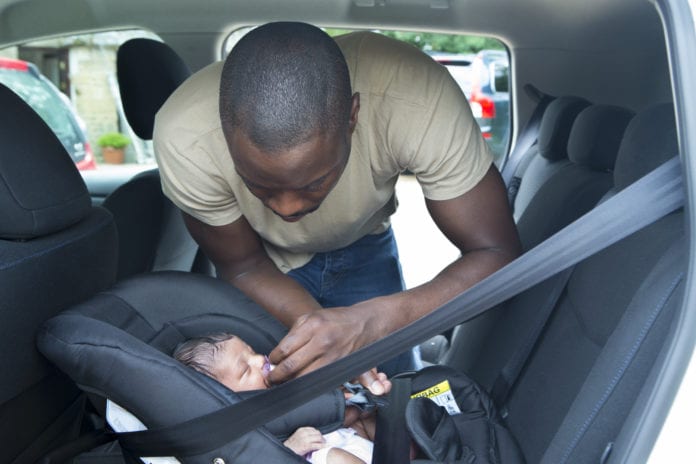Traveling with children is a big responsibility. Whether they’re your own, a friend’s, or your nieces and nephews, you’ll want to keep them safe. Child car seat law is there to do exactly that, so all young children travel safely and comfortably in a car seat that suits their size and weight.
What does the law say about taking children in a car?
Children must use a child seat until they are 12 years old or 135cm tall, whichever comes first. After that, they must be kept safe by the regular seat belt.
How do I know which seat to use?
There are different ways of matching a child to the appropriate seat.
Height-based seats, also known as ‘i-Size’ seats, use height as the key measurement. They will be rear-facing until the child is over 15 months old. Children can use a forward-facing seat once they are over 15 months old.
Seats that have been tested to the i-Size standard are marked ECE R129. This is the newer of the two standards and has the advantage of testing the seats in side as well as front and rear impacts.
Weight-based seats are marked ECE R44, and are developed to an older standard. Different seat groups apply to different styles of seat, aimed at different weights of children. So, Group O seats are for babies weighing up to 10kg, and are rearward facing with a lie-flat position. Group 3 seats are for children weighing 22kg-36kg, and can be forward or rearward facing.
Under current child seat law, it’s acceptable to use either an i-Size or an ECE R44 seat, so long as they are approved for the car the child is traveling in. It’s best to check with the child seat manufacturer if you are in any doubt.
How do I fit a child seat in the car?
The most common method is Isofix. This is a system of mounts that the seat simply clicks into. It makes it much easier to fit a seat correctly and securely. All i-Size seats use Isofix mounts.
Alternatively, weight-based ECE R44 seats can also be secured using the car’s seat belts. This is also very safe, so long as the person fitting the seat takes plenty of care and follows the instructions. Isofix is more foolproof.
Once the seat is secure in the car, you can put the child in the seat. The straps need to be nice and snug without pinching. Only one or two fingers should fit between the child’s chest and the harness.
The top of the harness needs to be around 2cm below the shoulder of a child in a rear-facing child car seat. In a forward-facing seat, it should be about 2cm above the shoulder of a child.


